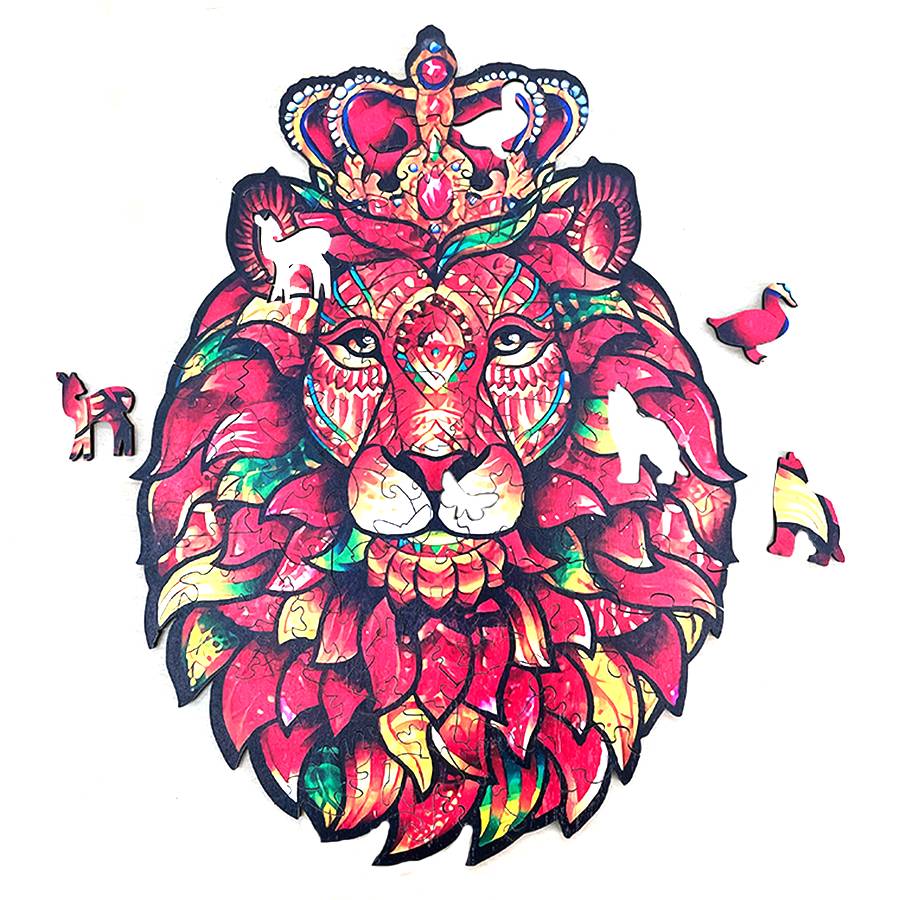Uncategorized
Modern construction
Most modern jigsaw puzzles are made of paperboard as they are easier and cheaper to mass-produce. An enlarged photograph or printed reproduction of a painting or other two-dimensional artwork is glued to cardboard, which is then fed into a press. The press forces a set of hardened steel blades of the desired pattern, called a puzzle die, through the board until it is fully cut.
The puzzle die is a flat board, often made from plywood, with slots cut or burned in the same shape as the knives that are used. The knives are set into the slots and covered in a compressible material, typically foam rubber, which serves to eject the cut puzzle pieces.
The cutting process is similar to making shaped cookies with a cookie cutter—however, the forces involved are tremendously greater: A typical 1000-piece puzzle requires upwards of 700 tons of force to push the die through the board.
Beginning in the 1930s, jigsaw puzzles were cut using large hydraulic presses which now cost in the hundreds of thousands of dollars. The precise cuts gave a very snug fit, but the cost limited jigsaw puzzle production to large corporations. Recent roller-press methods achieve the same results at lower cost.
New technology has also enabled laser-cutting of wooden or acrylic jigsaw puzzles, with the advantage that the puzzle can be custom-cut to any size or shape, with any number or average size of pieces. Many museums have laser-cut acrylic puzzles made of some of their art that so visiting children can assemble puzzles of the images on display. Acrylic pieces are very durable, waterproof, and can withstand continued use without the image degrading. Also, because the print and cut patterns are computer-based, lost pieces can easily be remade.

